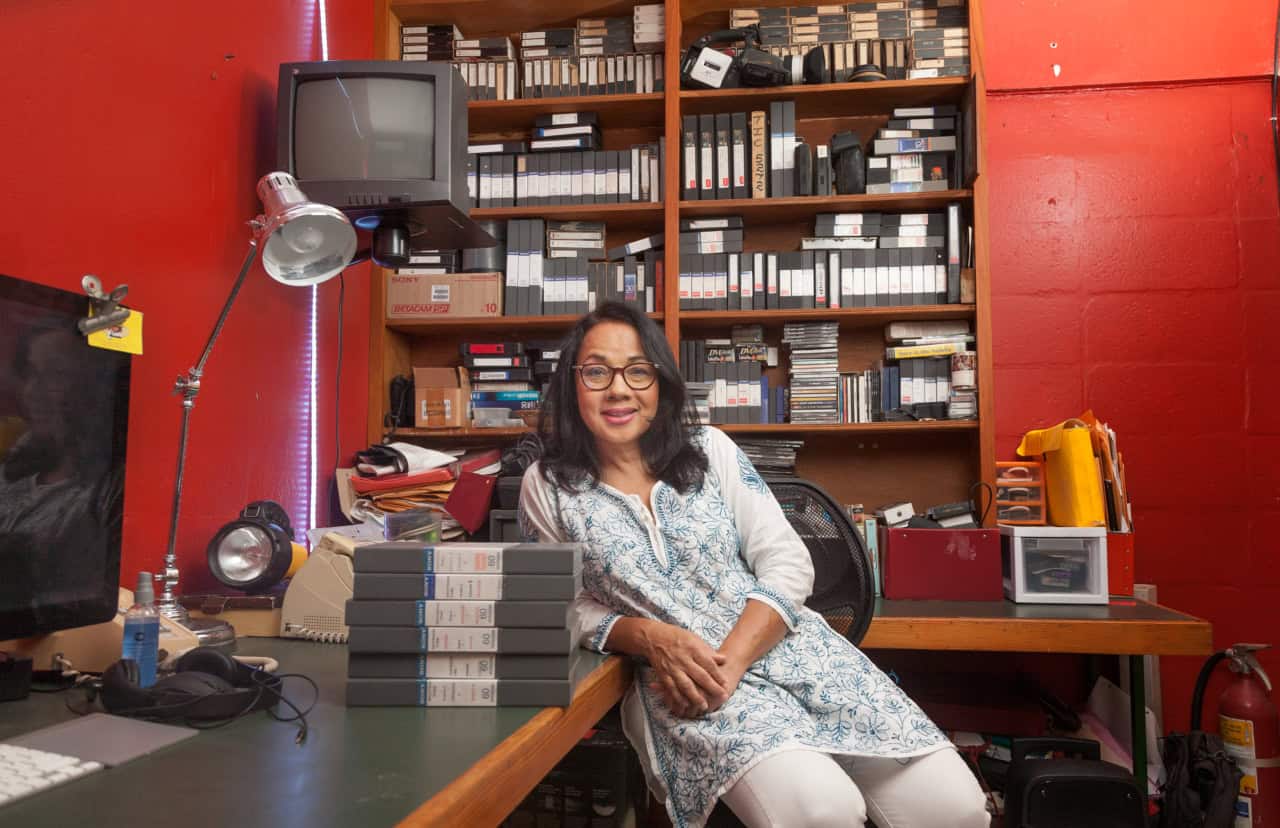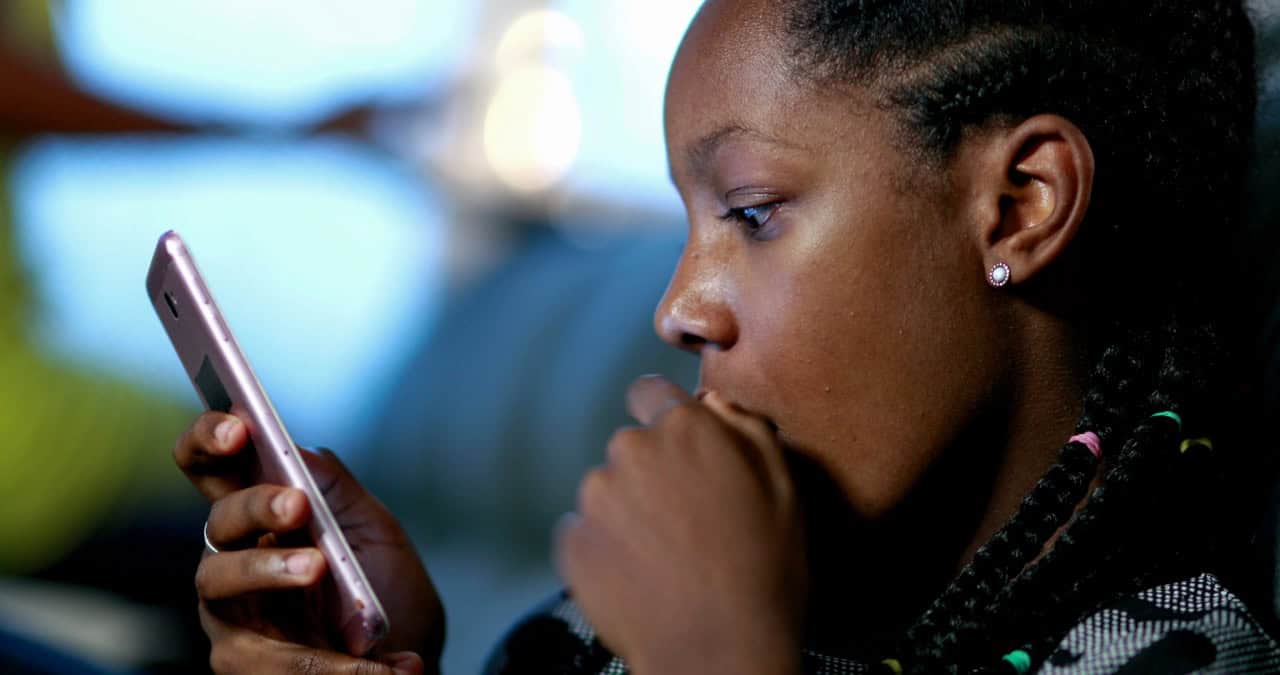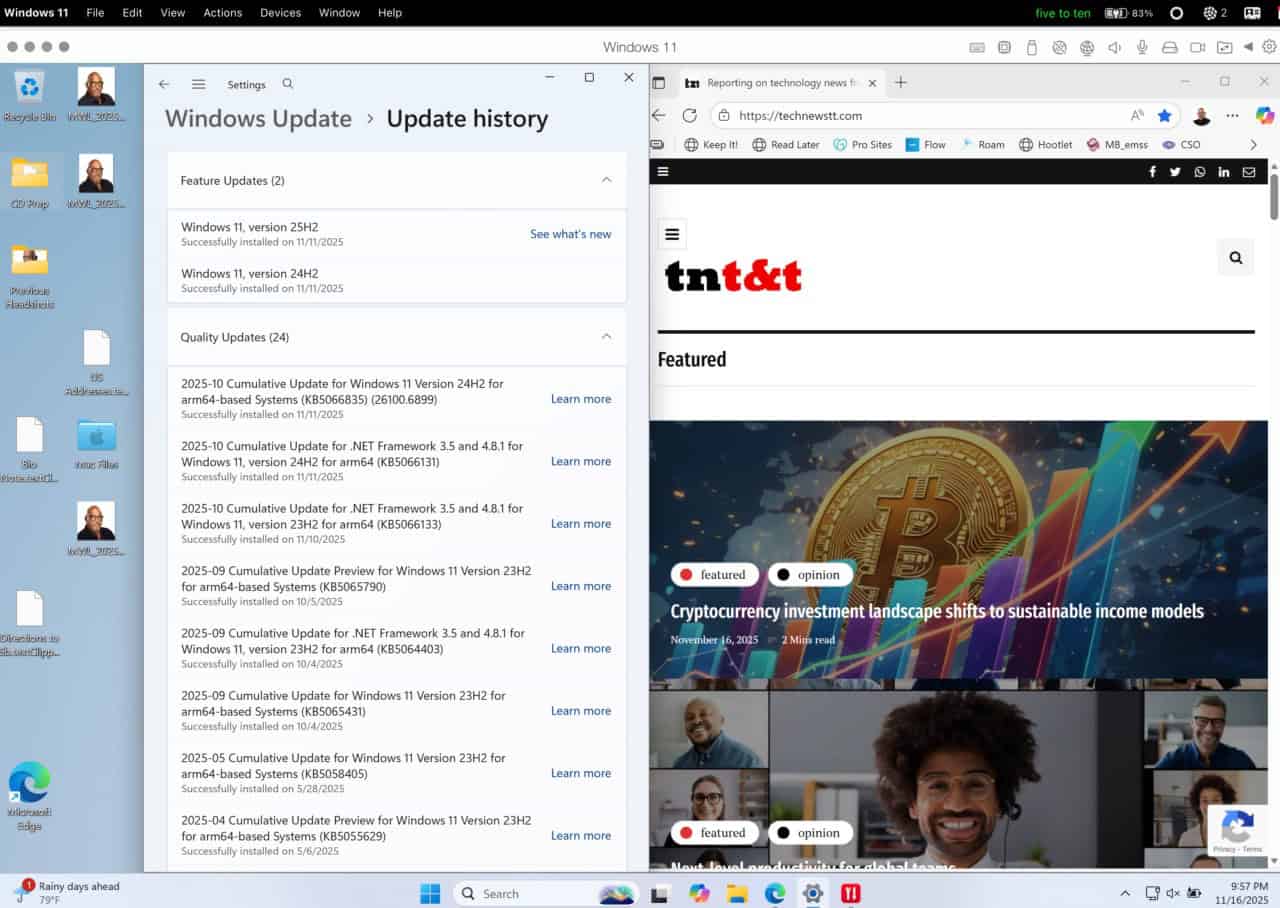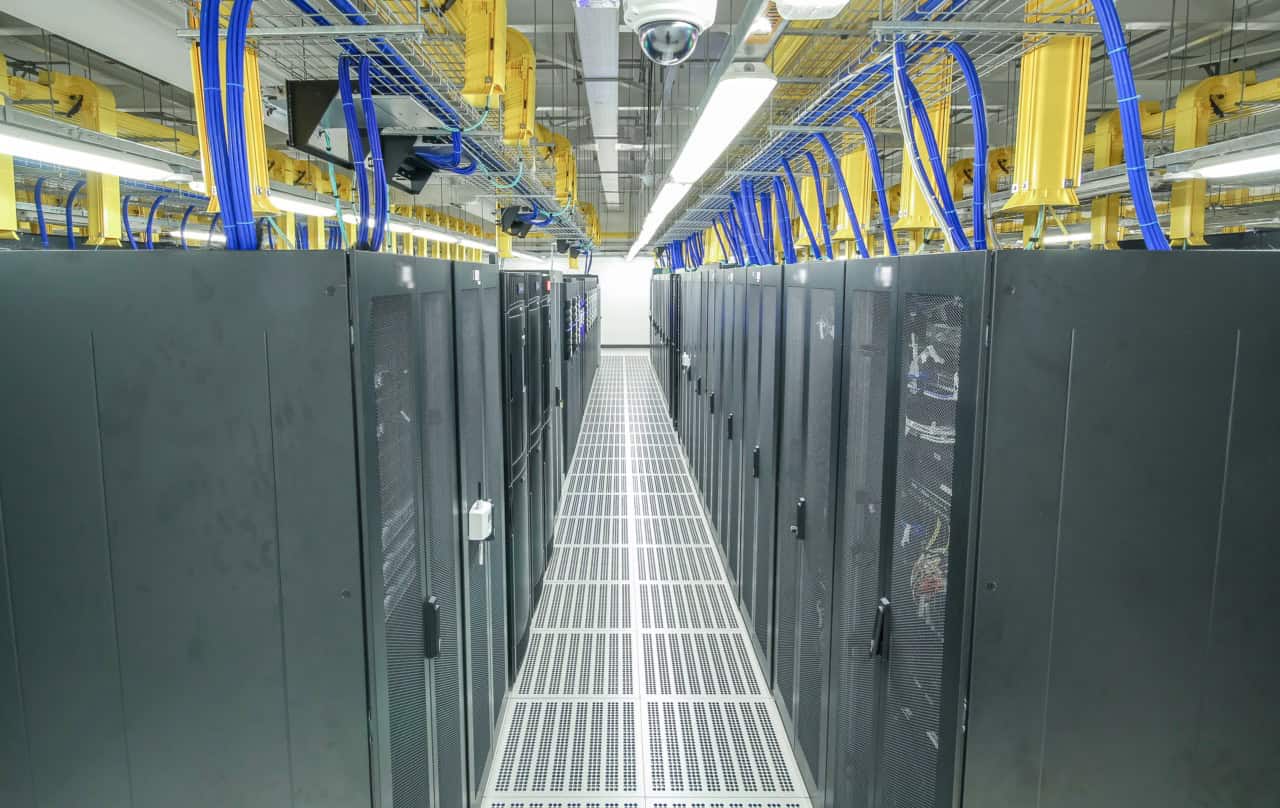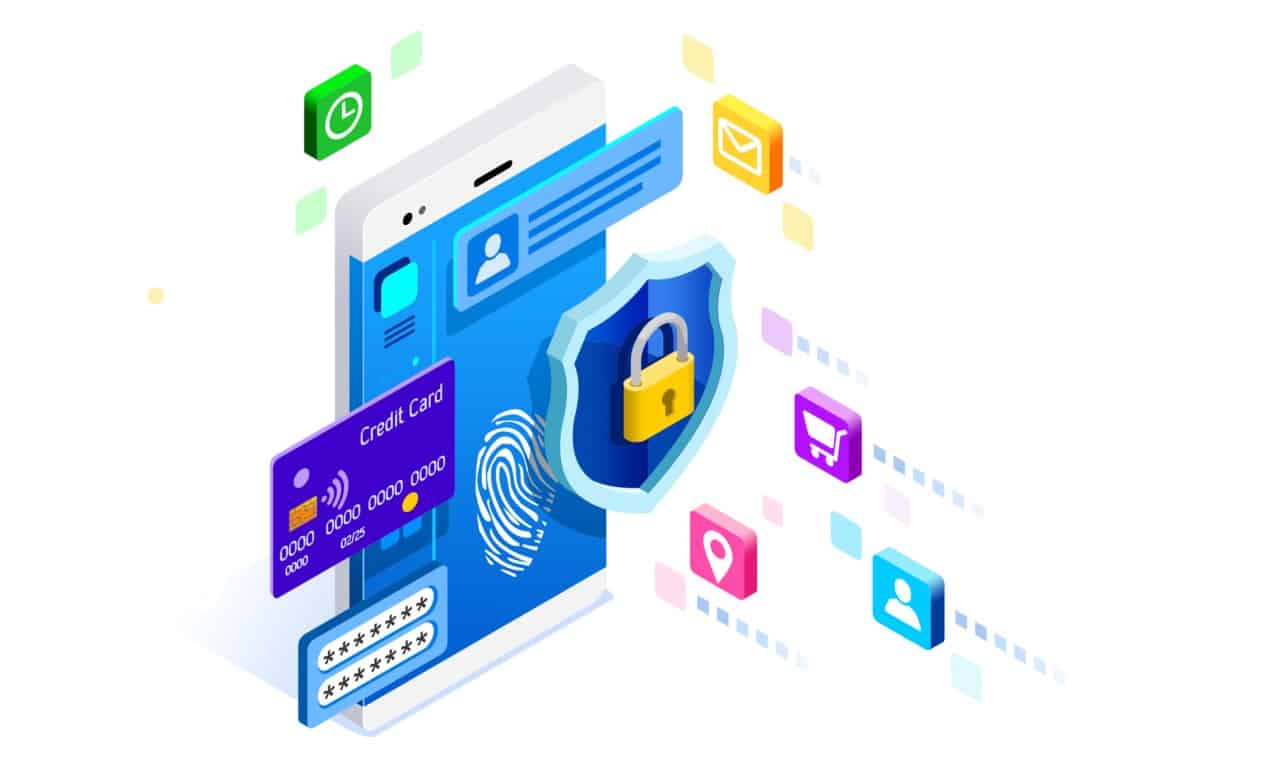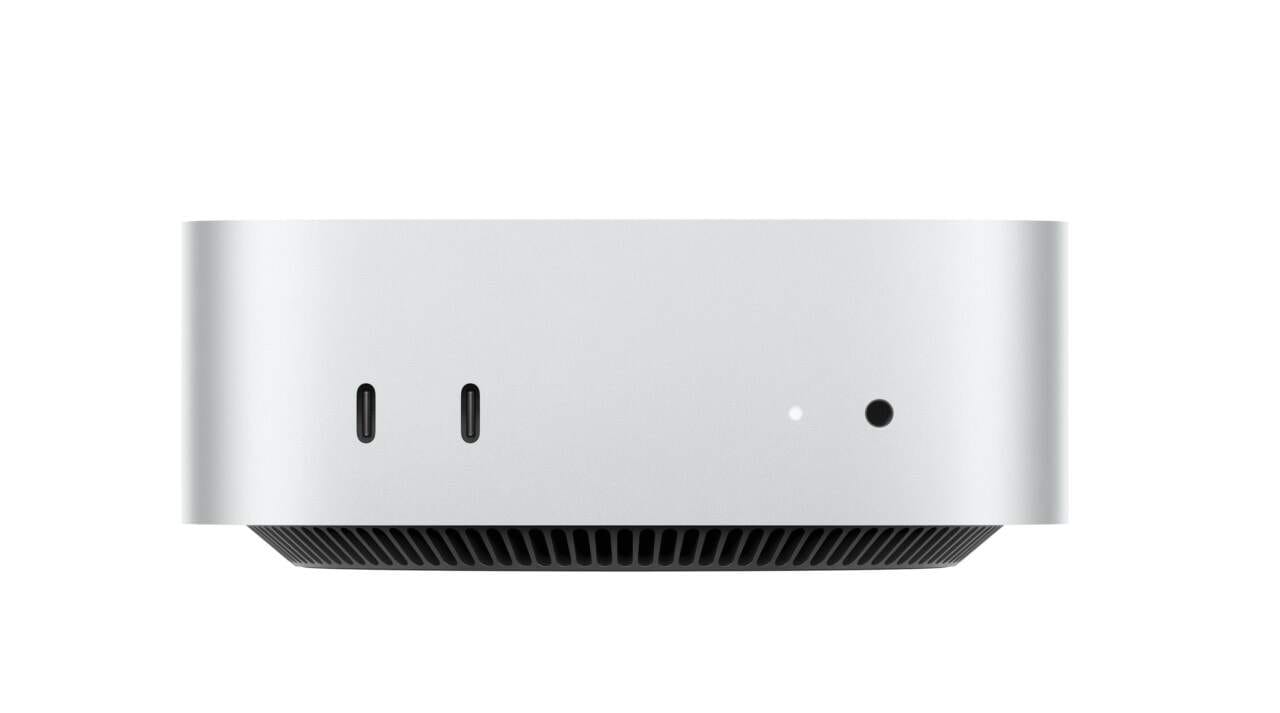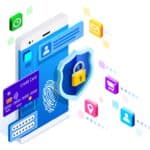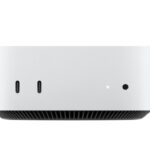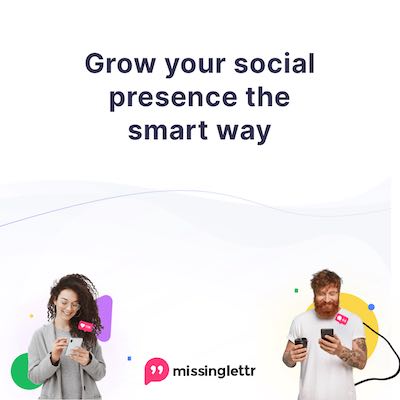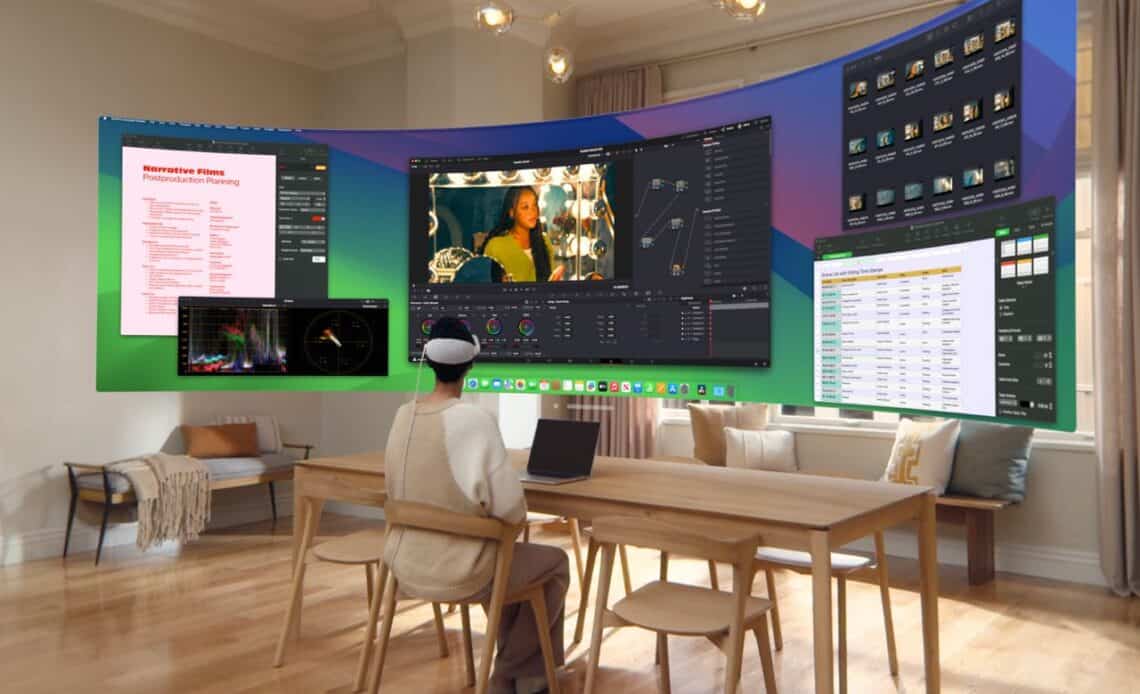
Above: VisionOS2. Images courtesy Apple.
BitDepth#1464 for June 24, 2024
Apple’s 2024 World Wide Developer’ Conference (WWDC) wasn’t an occasion for stunning new announcements.
There was the expected revelation of new features in the company’s new operating system updates for its six platforms, Vision OS, iPadOS, TV OS, Watch OS, iOS and MacOS.
That alone is worthy of note. First, Apple is more definitively splitting development of its operating systems for the iPhone and iPad, suggesting further divergence of feature sets for each device.
The OS for its new VR headset is being promoted as a headline platform, but it’s a product that hasn’t decisively proven itself in the market as a major platform.
The US$3,500 Vision Pro is yet to make a dent in the global market for VR headsets, which shrank by 44 percent in 2023 despite an average unit cost of US$700.
The iPhone, by comparison, has seized more than 50 per cent of the US and Japanese markets.
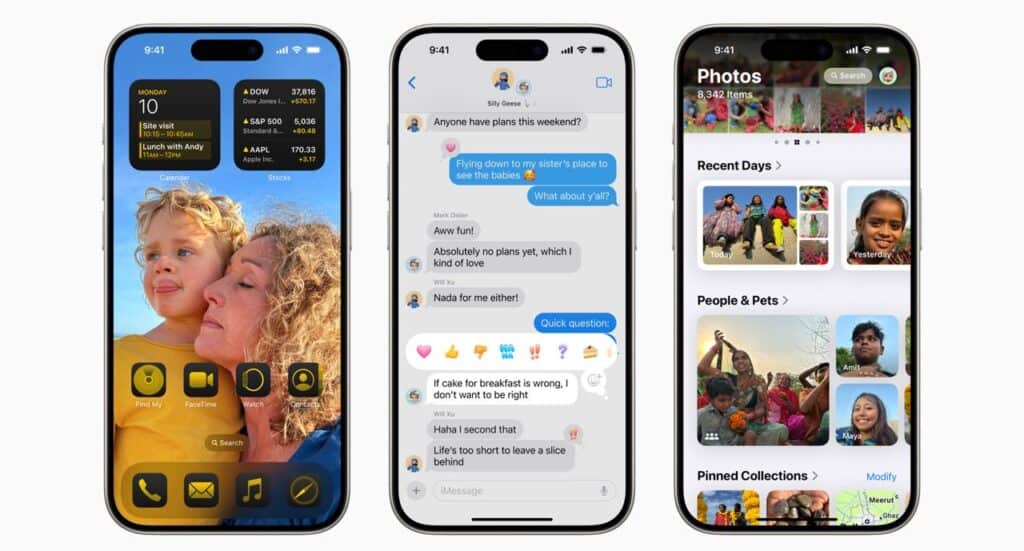
It’s also worth noting that the new features across all these platforms can’t be described as groundbreaking. There are tweaks, overdue improvements and interesting polishes, but nothing likely to make a potential customer gasp and declare, “I have to get that Apple thing because of what it can do.”
Except for the Apple Vision Pro, each of these devices has occupied the zeitgeist for years and their sales pitches are well known.
The Vision Pro’s biggest and most undeniable impact has been among the sensory disabled, where surprising applications of the technology are beginning to appear.
WWDC is Apple’s event to stoke enthusiasm and innovation among the software and hardware developers that create products and services for Apple’s ecosystem.
As its increasingly synchronised software grows, the company is taking an interesting approach to tying its products together into a unified whole.
First is its dedication to developing and refining the code base that all its platforms run on, based its refinement of the Unix variant NeXTSTEP, the operating system it got when it bought Steve Jobs’ company NeXT.
Between 1997 and 2001, the company polished an industrial looking operating system before delivering it on computers as OS X.
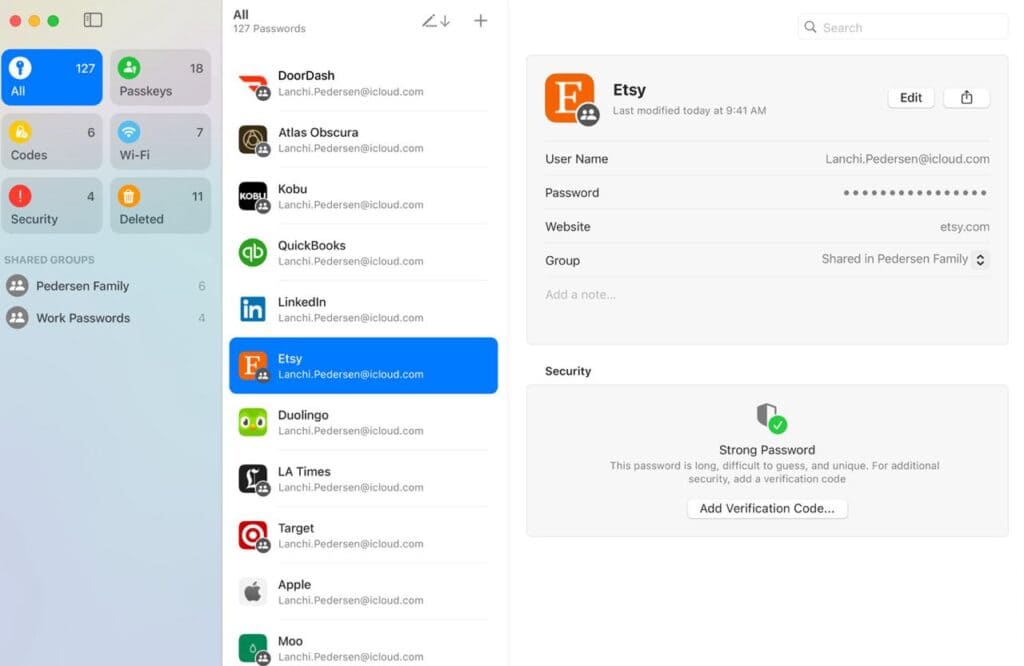
That code, in various incarnations, underpins the operating systems in all its devices, which offers advantages of synergy that the company hasn’t been shy about exploiting.
WWDC 2024, with its flashy skydiving opener, complete with presentation star Craig Federighi wearing a silver Craig Federighi swoopy hairstyle helmet, seemed to be an announcement of new operating systems with new features.
Apple has been pursuing a careful strategy for more than a decade now with its OS upgrades.
Lock-in.
Any user’s choice of devices ultimately boils down to what the computing devices they choose can do for them.
But what keeps users on a platform and chosen device is an unwillingness to give up something that device can do for them.
This flies in the face of the accepted process of commodifying software, services and hardware.
There are, for instance, many ways for a user with say, a smartphone, tablet and laptop to move photographs from one to the next.
I did just that for more than ten years, bridging the interface gaps between Android and MacOS to move photos between them.
Sometimes it was a dedicated delivery system like DropBox.
Sometimes using a flash drive that could plug into both devices.
But iCloud and Photos make the process absurdly effortless. Take a photo on the phone and it shows up on the laptop.
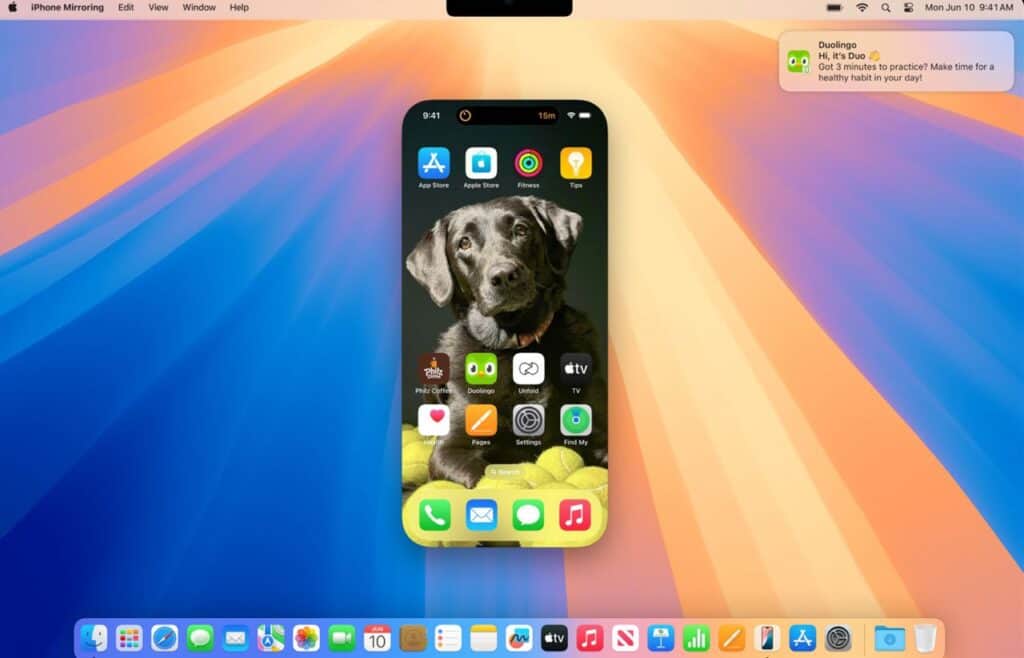
I find it handy, but still maintain alternative delivery and transfer systems. For someone without experience with those options, iCloud sync is, quite literally, a no-brainer. Something that you don’t have to think about.
Many of this year’s software features put more sweeteners into the idea of an all Apple device ecosystem, little things that lock the user ever more tightly into the system they are using.
Among the most brazen of them, the concept of an iPhone screen appearing on your computer’s screen as an active virtualisation of the mobile device.
Siri, at 13, gets an upgrade with Apple Intelligence, promising a significant upgrade on Siri’s smarts in a small language model that functions on device along with a design revamp (the edges of the iPhone pulse) that makes it look less like a Star Trek TOS space entity. Apple Intelligence will apparently only run on devices powered by Apple Silicon. Lock-in
Apple’s deal with OpenAI to bring ChatGPT to its devices was announced with caveats. Siri can also decide that a question might be better addressed by ChatGPT, but Apple insists the choice is up to the user and must be explicitly requested.
There’s much techy blather about Private Cloud Compute for off-device Apple Intelligence that’s done off device.
In a press statement, Apple explained that, “To run more complex requests that require more processing power, Private Cloud Compute extends the privacy and security of Apple devices into the cloud to unlock even more intelligence.”
“With Private Cloud Compute, Apple Intelligence can flex and scale its computational capacity and draw on larger, server-based models for more complex requests. These models run on servers powered by Apple silicon, providing a foundation that allows Apple to ensure that data is never retained or exposed.”
Even this cautious introduction of ChatGPT harmonises with the efforts by the company to keep users on its platforms using services it oversees. Lock-in.
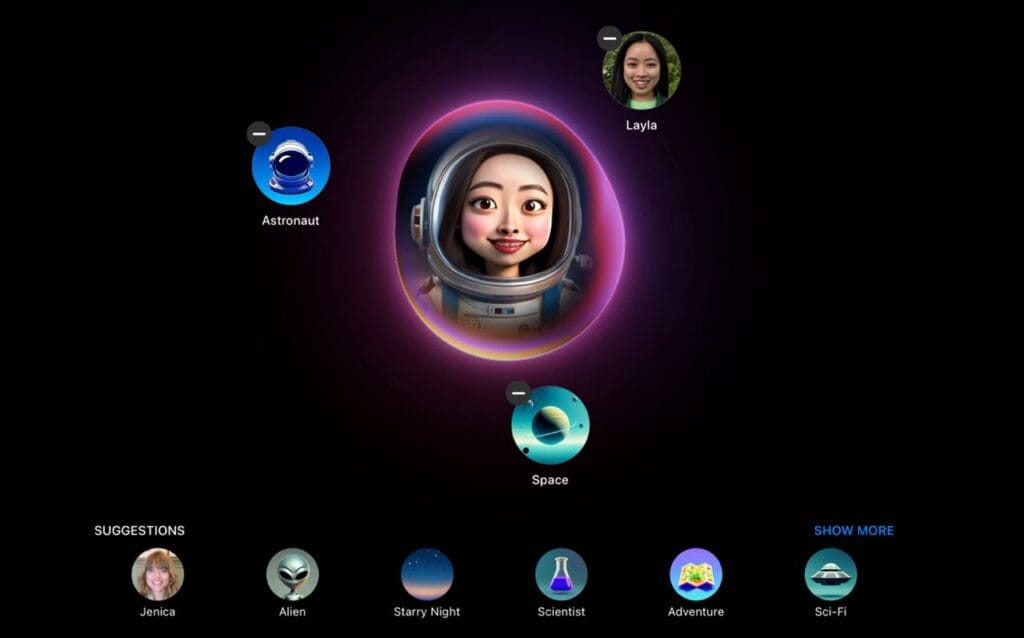
The new Genmoji feature brings AI image generation to Apple’s already quirky emoji system while Image Playground seems set to create even weirder images for messages. Can emoji imaginings of the Trini steups be far behind? Lock-in.
In-app writing prompts and grammar correction directly challenge the value proposition of Grammarly. A new Passwords app looks set to compete with 1Password and Last Pass and will work on iOS, MacOS, iPadOS, VisionOS and Windows. Lock-in.
1Password and Grammarly aren’t the only services to be Sherlocked in the new OS updates. Native voice transcription will undercut Otter subscriptions.
Window tiling (finally) competes with Magnet and Better Snap Tool. There are others, but their uptake has been limited locally.



